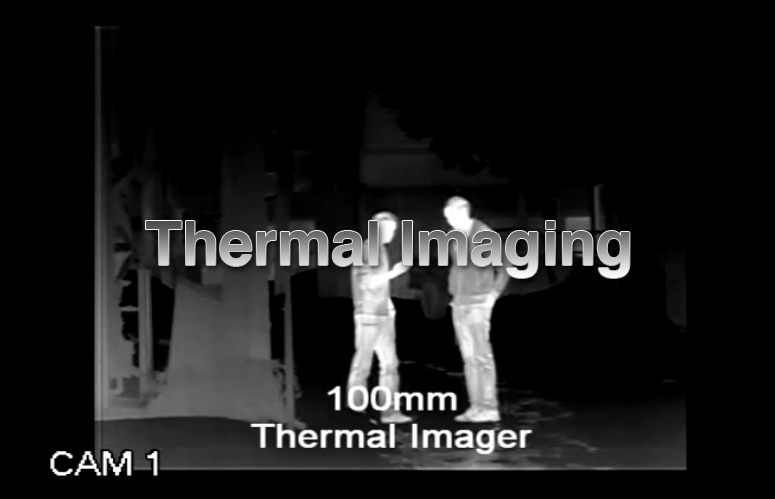Ascendent Thermal Imaging Devices
Unlike optical systems, which like the human eye requires light, thermal imaging uses infrared electromagnetic radiation 900-14,000nm wavelengths (heat) to produce images. All objects that are above -213C emit infrared radiation, the amount of radiation emitted is proportional to the temperature of the objects and thermal imaging detects these minute temperature variations and thus accurately reproduces the scene. Since all objects emit infrared radiation a thermal imager is able to "see" the environment regardless of lighting conditions.
Marine Night Vision Navigation
Since all objects emit infrared radiation a thermal imager is able to "see" the environment regardless of lighting conditions. Thermal imaging has signi?cant advantages over traditional Night Vision Devices (NVDs), such as Near Infrared Laser (NIR) light intensifers. A thermal imager gives clean undistorted vision in complete darkness and has the ability to see through
smoke and fog - making it the only choice for marine navigation.
Hazard Detection
Thermal imagers are extremely effective for marine applications. Thermal imaging has the ability to detect debris objects in the water before they are a threat to prevent potentially catastrophic collisions. Naturally it also helps you steer clear of vessels, shipping lanes, buoys, bridges, and other obstacles commonly found in marine applications.
Search and Rescue
The biggest risk with working at sea is falling overboard, every year, numerous people die due to hypothermia after
falling overboard. When some one falls overboard - even in water above freezing - they can get hypothermia in less
than 14 minutes, which can result in death. Finding someone as quickly as possible is crucial to his or her survival.
Humans produce a lot of heat (37°C) they are easily picked up by thermal imaging.
Security
Nowadays all vessels are tempting targets. Whether it's a yacht, fishing or military vessel, they are all subject
to robbery, kidnapping and terrorism. While radar systems can detect approaching objects, they are unable
to provide details outside of the approximant size. The M-Navigator renders actual visual confirmation with
a high level of detail so you properly assess threats and avoid potential disasters.






